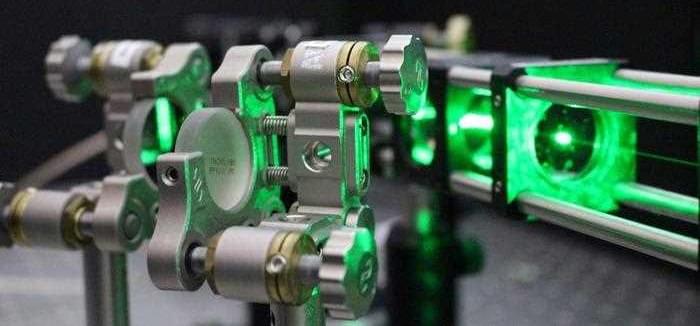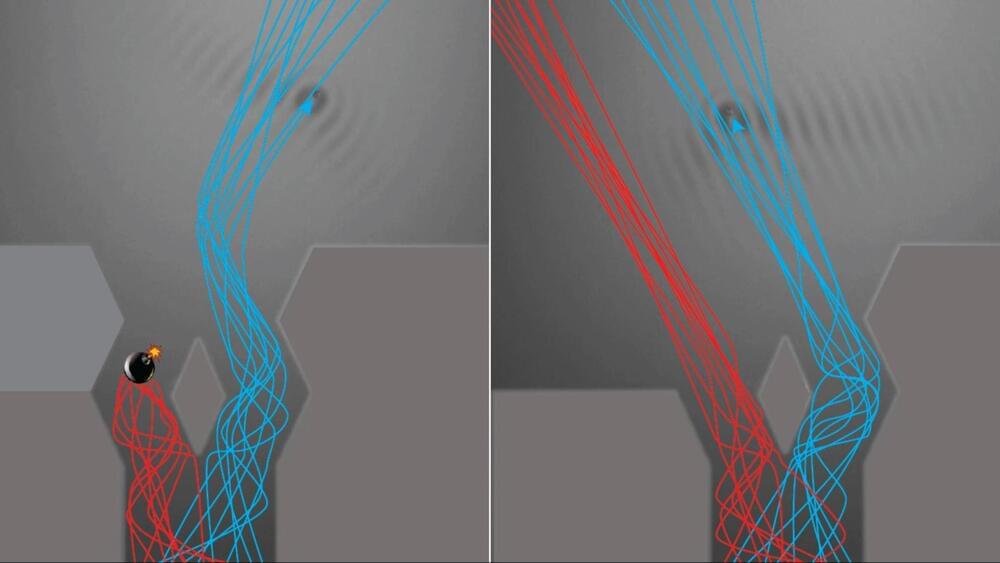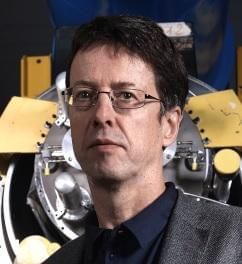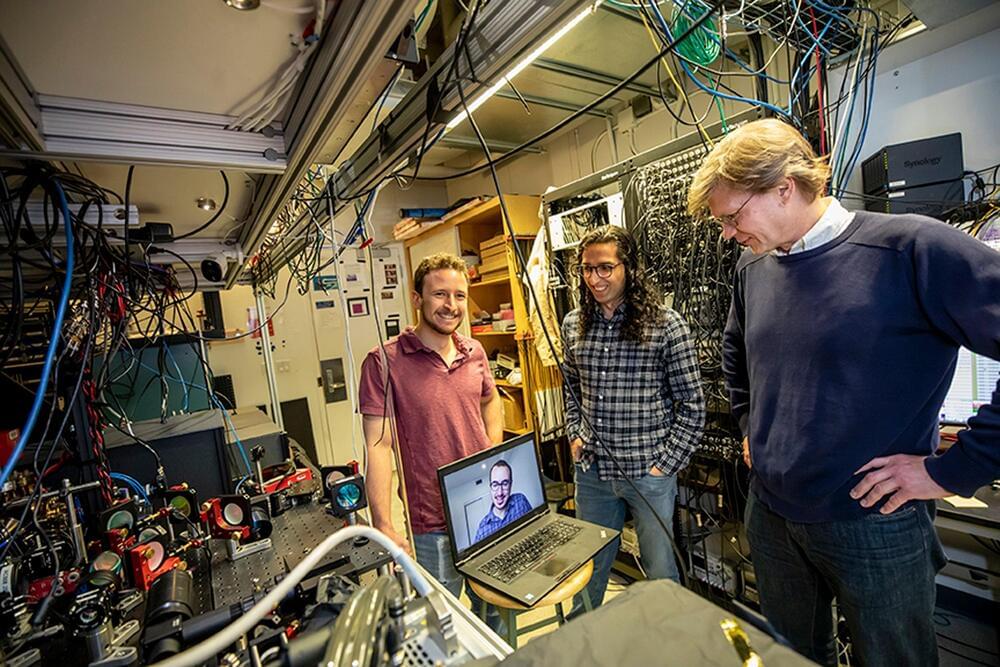During their recent visit to CERN, Presidents Berset and Macron were given an introduction to the Laboratory by Fabiola. President Macron appeared to be really interested in the origins of the Universe, and explanations went way over time! The entourage were then whisked down to the LHC tunnel and through to the ATLAS cavern. It’s hard not be impressed, the LHC is the LHC and ATLAS is awe inspiring. What they didn’t see, however, was the near miraculous demonstration of technological prowess that underpins all of this. Taking a step back, it’s quite remarkable what we do here. One can weave a number of threads through the accelerator complex, from the chopper of Linac 4 to the PS RF system, the multi-cycling synchronisation of everything, the production of radioactive ion beams, the vacuum systems from ELENA to the LHC, the n_TOF target, stochastic cooling of antiprotons, the power converters, the magnets (from 1959 to 2023), beam instrumentation, the LHC transverse feedback system… and but wonder that it all comes together as well as it does. It’s worth reflecting on this, as we look back on another year in the life of an unparalleled collection of accelerators and facilities, a year that has been very good overall, although somewhat eventful for the LHC. Despite the sophisticated operations involved in producing the multiple beam configurations required for the down-stream machines, Linac4 maintained an impressive 98% availability, with stable running and optimal beam performance. The Proton Synchrotron Booster contributed significantly, as always, supplying beams to ISOLDE, HIE-ISOLDE and MEDICIS, as well as to the PS for the downstream users – all within tight user-dependent specifications. A large fraction of the protons at CERN are sent to ISOLDE, with 11.3e19 protons heading that way in 2023 and around 4.5e19 going on to the PS. To quote Erwin Siesling: “We (ISOLDE) had yet another very successful year, full of the usual issues and problems but with great physics results and lots of happy users!” The PS delivered beams to n_TOF, AD-ELENA, and the East Area experiments and irradiation facilities, which include CLOUD, CHARM, and IRRAD. The AD, back online since 30 July after repairs to a faulty quadrupole, compensated for the late start by extending their run to 12 November. Following optimisation, the AD achieved record intensity antiprotons for ELENA and the experiments. Throughout 2023, the SPS operated very well, with no major faults or prolonged downtimes while achieving an impressive transmission rate of about 95% to the North Area experiments with well optimised beam quality. Besides delivering beam to their regular users, work has continued in the Injectors on the high-intensity, high-brightness beams required by the HL-LHC (the primary mission of the LHC Injector Upgrade (LIU) during LS2). The injector teams have done a great job, with the LHC beams from PSB, PS and SPS meeting the LIU target beam parameters and even showing some margin to surpass the beam intensity and brightness required by HL-LHC. In the first part of the year, the LHC demonstrated outstanding luminosity performance, both peak and integrated. Operationally the teams have established impressive flexibility and sophisticated operational and system-level control. However, the excellent availability was punctuated by some singular faults – in particular, a helium leak into the insulation vacuum of the inner triplet assembly left of point 8 in the middle of July. This was a serious event, but reactivity was fantastic, and the leak repair and all that went with it were widely seen as a remarkable collaborative recovery. The adaptability of the cryogenics team was key to avoiding the need to warm up the adjacent sector. The leak, in an edge-welded bellows, was the result of a quench caused by an electrical disturbance on the grid. An availability analysis will be conducted at the Chamonix meeting in 2024 to address other potential non-conformities dating from construction. The prompt recovery enabled some special runs and the first LHC ion run in five years. Lead ions at the end of the year are always interesting, with preparation of the ion source, Linac3, and LEIR starting months before beam is sent to the PS and the downstream machines. Ions are principally destined for the North Area and the LHC. However, in the last two weeks of the four-week run, the PS provided lead ions to the East Area, where the CHIMERA facility irradiates electronics with high-energy heavy ions to study the effects of cosmic radiation on the electronics used in the CERN accelerators and experiments, as well as for space missions and avionics. In the SPS, the first operational use was made of a technique known as “momentum slip-stacking”, which involves injecting two batches of four lead-ion bunches separated by 100 nanoseconds to produce a single batch of eight lead-ion bunches separated by 50 nanoseconds, an impressive example of “RF gymnastics” and low-level RF control. In the LHC, the lead nuclei were colliding this year with an increased energy of 5.36 TeV per nucleon pair (compared to 5.02 TeV previously). A record number of bunches and high bunch intensities – thanks to the downstream machines – made for a challenging ion run. Again, with concerted effort and adaptability, the teams wrestled down the issues, delivered some record performance and paved the way for the rest of Run 3. As we look back on the year, we should bear in mind the phenomenal job that’s done in the exploitation of the complex. This is difficult stuff and it’s remarkable that it all works as well as it does. President Macron might not have seen it, but he surely sensed the spirit.







